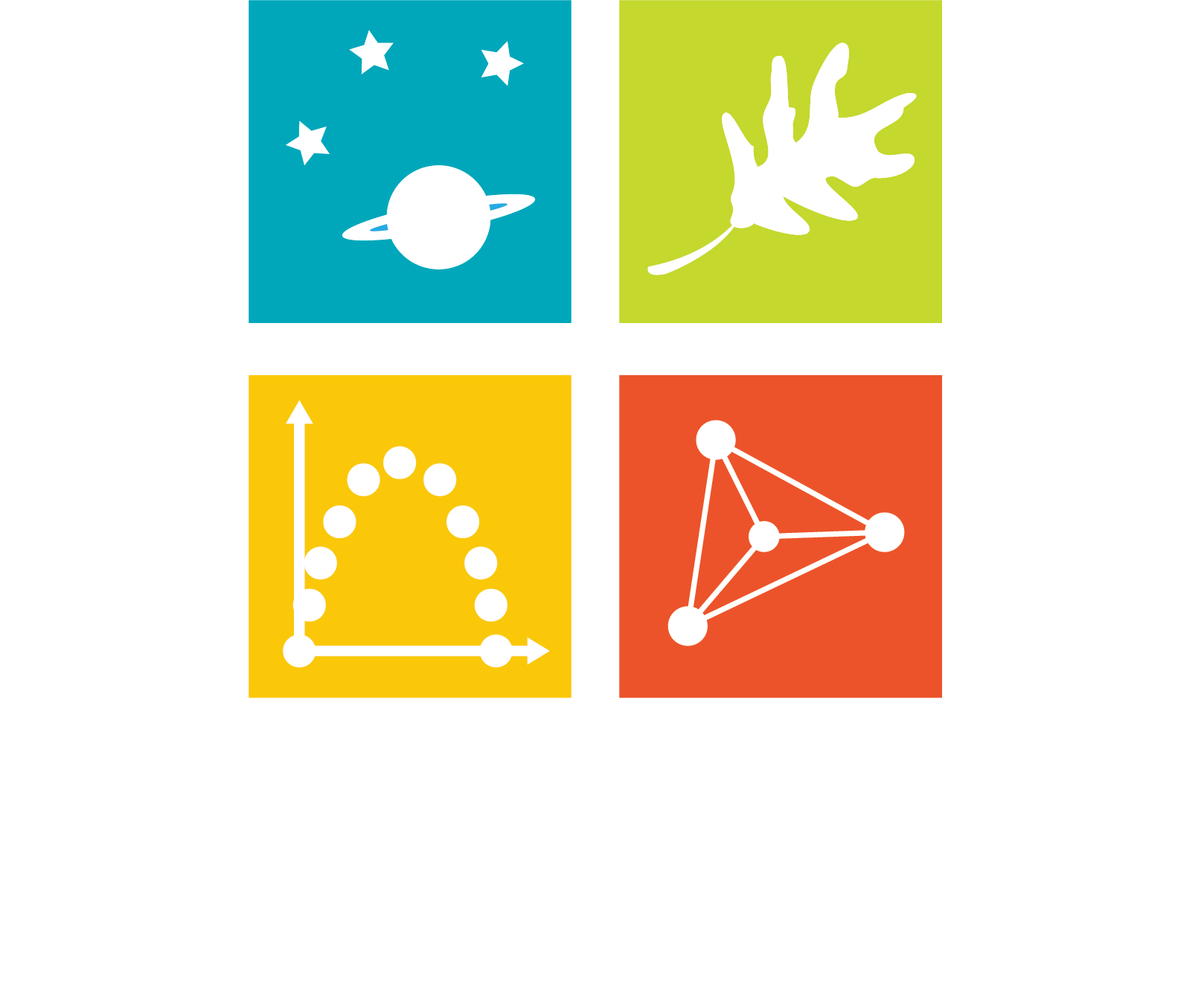by Victoria Jordan
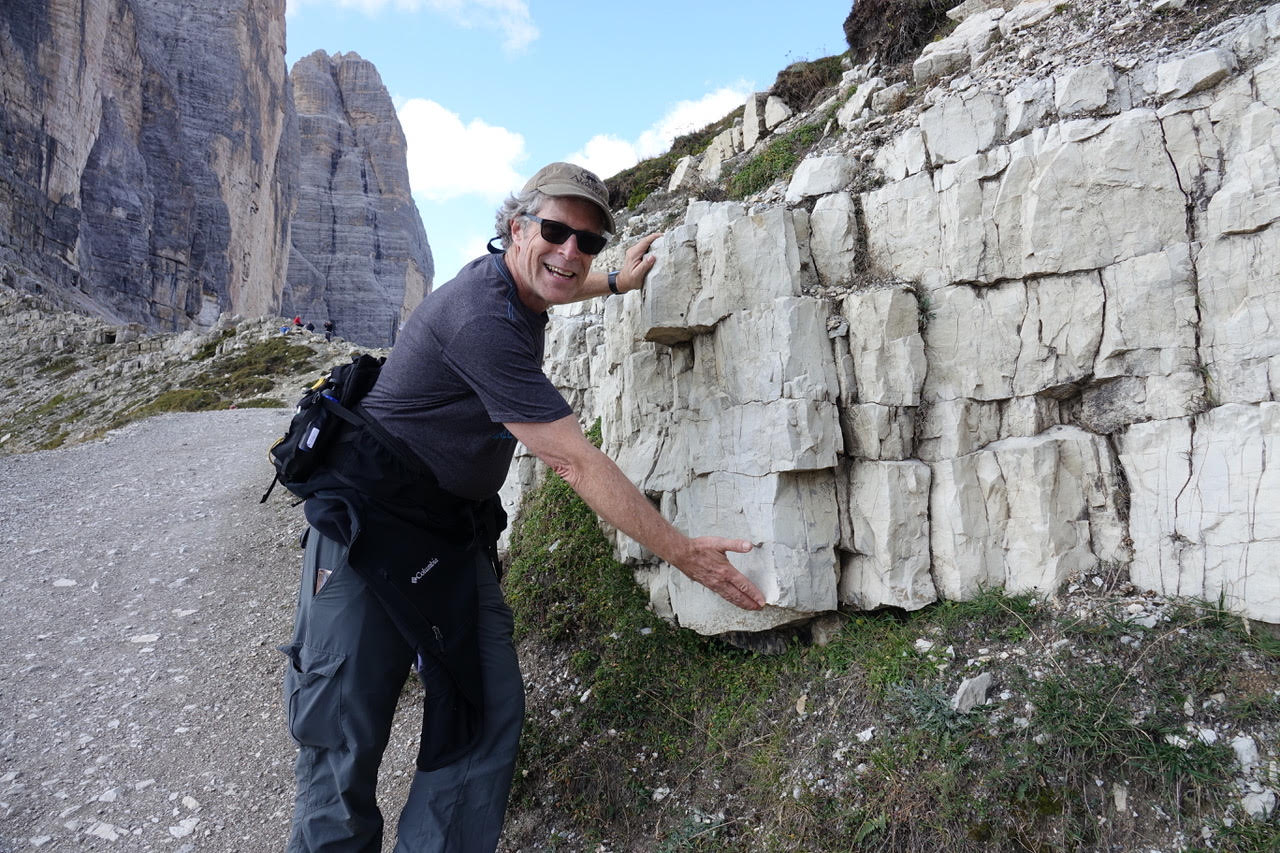
From Geologist to Videographer
Clinker is the result of coal seams catching on fire and baking the surrounding rock layers into brick-like cliffs and ridgetops. Herb Saperstone’s first job as a US Geological Survey (USGS) geologist in the early 1980’s was to map clinker to identify more accurately the thickness and quality of coal in Wyoming’s Powder River Basin. This field experience was one of many Herb had with both the USGS and industry that laid the groundwork for his future endeavors in geoscience.
“When I was getting my Master’s Degree at CSU in geology in 1982, I had already accumulated several years of academic and field experience from working for the USGS in Denver, so finding my thesis topic was easy for me. I studied 300 million-year-old aeolian rock (ancient sand dunes) in Montana, looking at the source and nature of the sandstones and focusing on their economic potential for hydrocarbon exploration. The most cited researcher in my thesis was aeolian expert Steve Fryberger. I finally got to meet him in 2022, 40 years later. The story of our meeting takes many twists and turns along the way!”
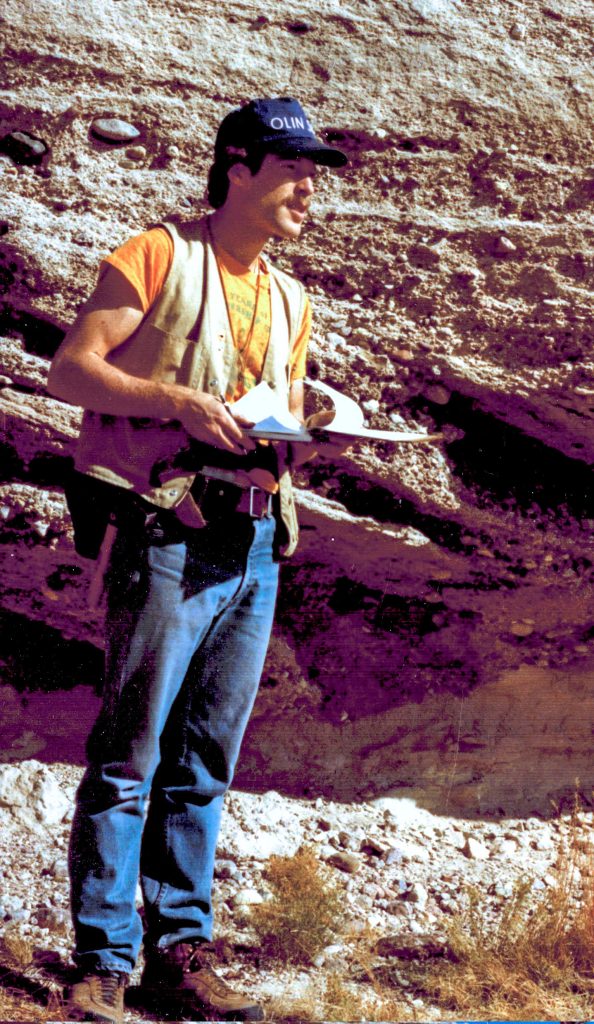
1986 saw a major downturn in hiring in the energy exploration sector. It was also the year Saperstone graduated from CSU. So…despite his strong background in geology and extensive field work, he transitioned to science education bringing his passion and knowledge as a working scientist to the K-12 classroom. His life-changing experience happened when two television journalists from Denver taught a week-long class at Rocky Mountain National Park (RMNP) on “Natural History Video Production.” He lugged a 20-pound VHS camera around the park and learned script writing, storyboarding, interviewing experts, video editing, filming in the field, and audio sweetening (adding music). Naturally, Herb tapped into his geology background. His very first video was a story on the alluvial fan created by the 1982 Lawn Lake flood in RMNP. This video was a pivot point in his life. Scott Resources, a northern Colorado educational supply company, hired him to write scripts for their educational videos based on the Lawn Lake story. A career was born.
Collaboration is Key
“I was so proud of my first educational video. It was over an hour long and chock-full of important information. When I took it to classroom science teacher, Eric Miller for review, I was devastated because Eric said he wouldn’t use it in his classroom. Then, he walked me through my creation and showed me why. I will never again make an educational video without a teacher by my side! Learning the technology was easy. Applying pedagogy is not. Learning how to bring content to life for kids is hard.”
For Herb, everything was a learning curve. He didn’t go to school for this. He enlisted Eric Miller to work with him on over 20 educational videos for Scott Resources with titles like Fossils, Vanishing Forests, Faulting and Folding, The Rock Cycle, and Thunderstorms: Nature’s Fury. He would go into Mr. Miller’s class and watch students watching videos to see what engaged them. He talked to teachers to find out what they needed. He was constantly growing through collaboration.
“A US Fish and Wildlife Service colleague, Erlene Swann, showed me how to take a script and craft a story with it. The power of story-telling changed everything!” Herb graciously recognizes the people who have influenced him over the years. Even today, people he meets who were in middle school in the early 1990’s who remember these videos – well before the age of YouTube and streaming video.
When Herb was hired by Poudre School District in 1998, he took another giant leap. “Warren Berman, the director of the district’s educational cable TV channel (PSD-TV), taught me everything I know about how to create engaging content that people will watch.” Herb’s application of the story arc was born. “When the content is story-based, there is engagement- there’s human interest! I had to find an angle that people can relate to.” He also connected the content he created to local stories. More collaborative partnerships developed as he made connections with teachers, scientists, and historians in the area.
Getting Kids Involved
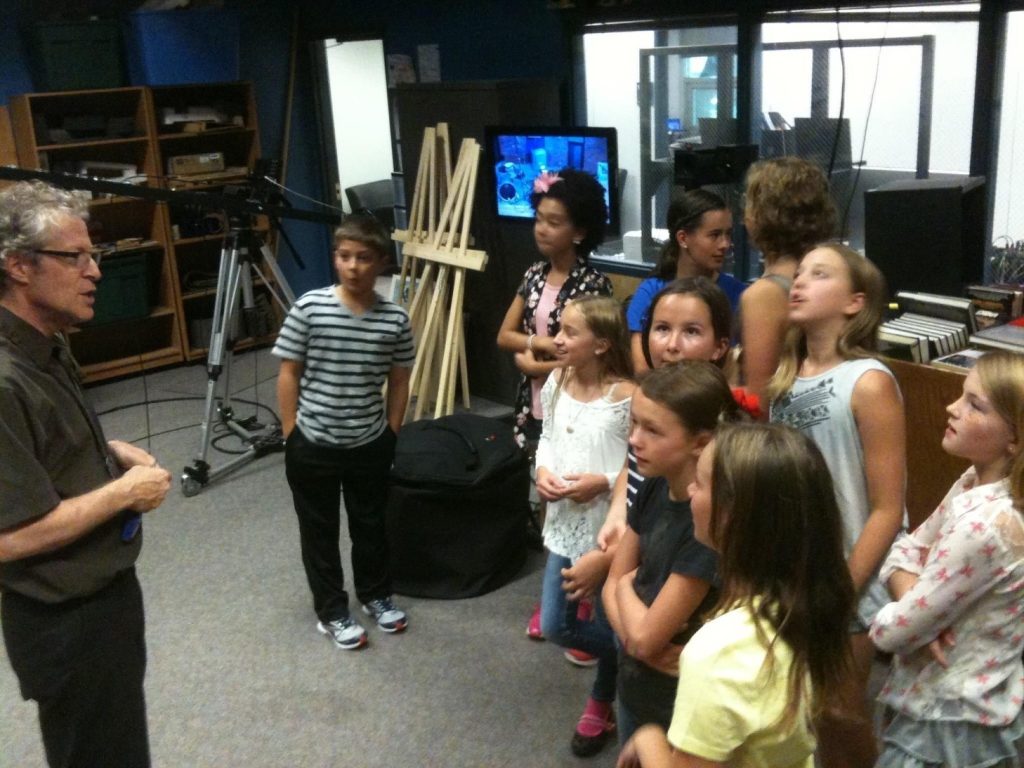
“The projects I am most proud of are the ones where kids were involved.” Herb worked with Brian Jones from the Little Shop of Physics at CSU to produce a series of kids’ science show on PSDTV, called “Everyday Science.” Elementary and Middle School students would do experiments with Jones, and the process of science in action would come alive as students used data to draw conclusions.
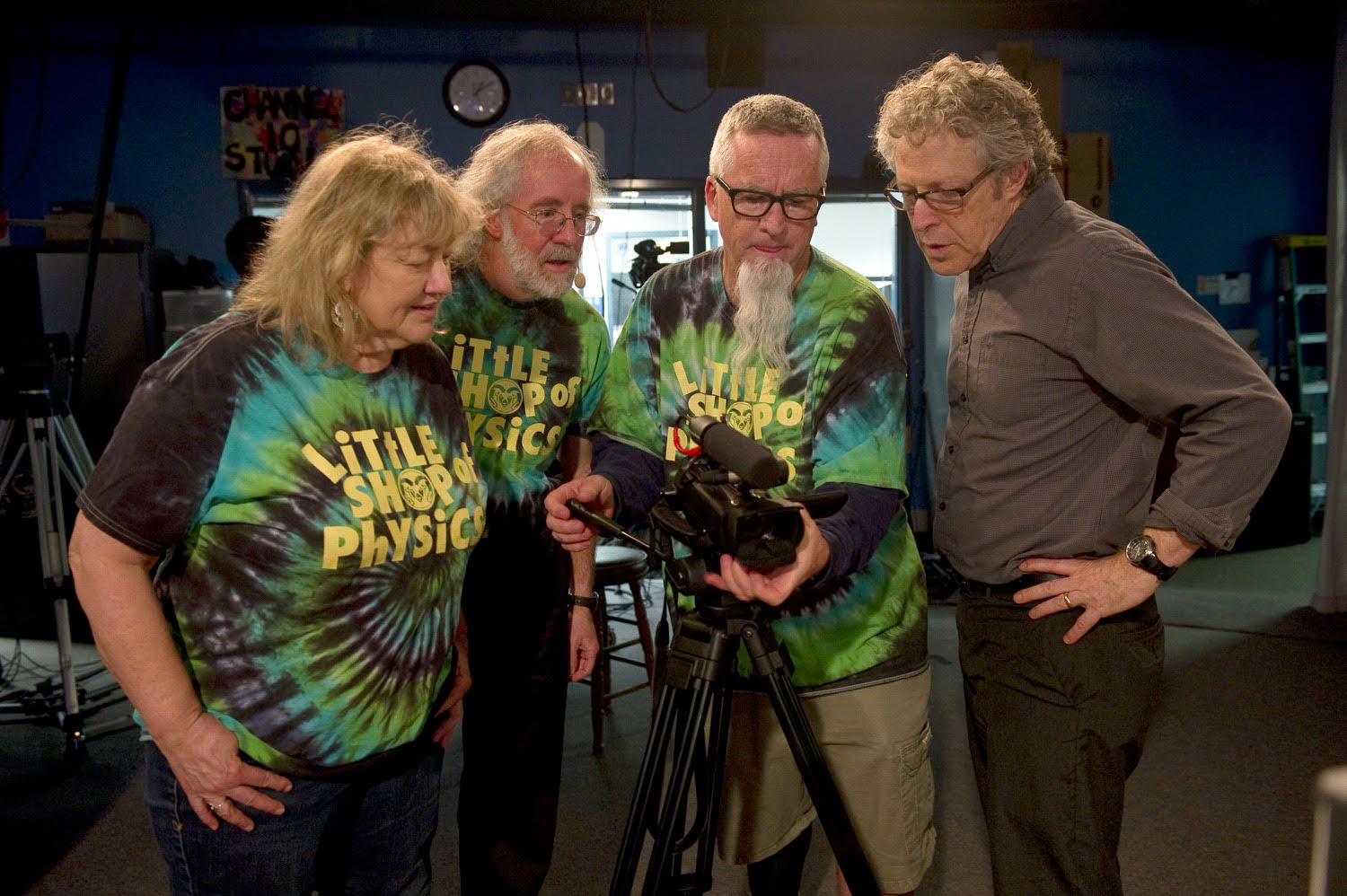
In another monthly show, “Walking Through the Water Year,” students of all ages became meteorologists telling the story of weather and climate through a collaboration with Nolan Doesken, former CSU State Climatologist and CoCoRaHS, a citizen science weather-watching organization. High school and college student interns gained experience as videographers, scriptwriters, and editors in the production room. “I don’t get to see the impact of most of my work,” Herb laments. “But, with the shows where students were directly involved, I got to experience the learning, the joy, the frustration, and finally the understanding through the students’ eyes.”
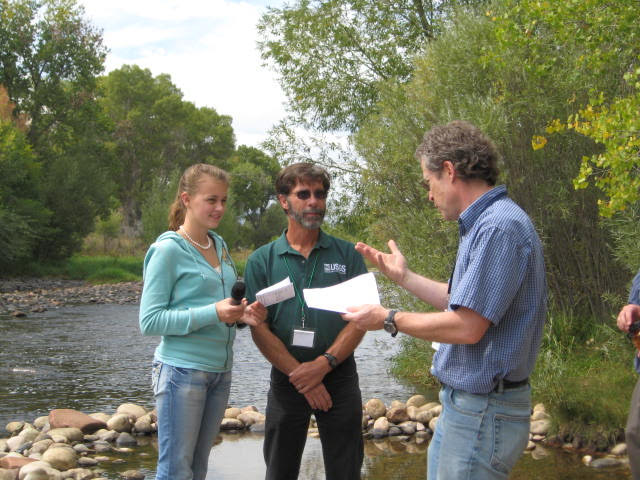
The Evolution of a Master
Herb epitomizes life-long learning. VHS equipment was heavy, huge, and cumbersome, but that did not prevent Herb from lugging cameras, tripods, and battery belts in the field. Laser disc technology required a new skill set involving computers and coding, so he figured that out. When Herb taught a geology course at Front Range Community College in the mid 1990’s, he created a website with links to some of his educational videos, but most students did not have computer access at the time, so the website was rarely used by his students. Herb coaxed teachers into the digital age in the beginning of the new century, teaching classes on digital image and video editing.
More recently, he has created a 360 video production for the Museum of Discovery’s Digital Dome Theater in Fort Collins: Melody of our Landscapes and has recently completed an interactive 360 VR website for Dinosaur Ridge, an outdoor earth science museum near Golden, Colorado. He still enjoys creating virtual reality productions, but focuses his time on projects that everyone can access. VR requires an investment in hardware that many schools and individuals can’t afford. After all, “story” is paramount, and in his world, video does that best. Throughout each of these technology revolutions, Herb reconnects teachers, students, and community members to their natural world through the use of the new media. Herb is still passionate about science, and particularly geology. While Saperstone has never left his roots, he continues to grow new branches along the way.
Community Partnerships
When the Larimer County Department of Natural Resources needed a geologist to lead some of their nature walks, Herb volunteered. This is one of the few times when he leaves his camera gear at home. He likes to immerse himself in the experience of being with the people who have signed up for the hike. Herb values his community partnerships, having created videos for the City of Fort Collins on diverse topics like groundwater contamination, accessibility to Natural Areas, or explaining how electricity is generated in our area. He’s even partnered with the Fort Collins Museum of Discovery to tell the story of the black-footed ferret recovery in northern Colorado. “My pursuit is to make meaningful stories with local connections that help people understand our natural world.” Herb is a master at that.
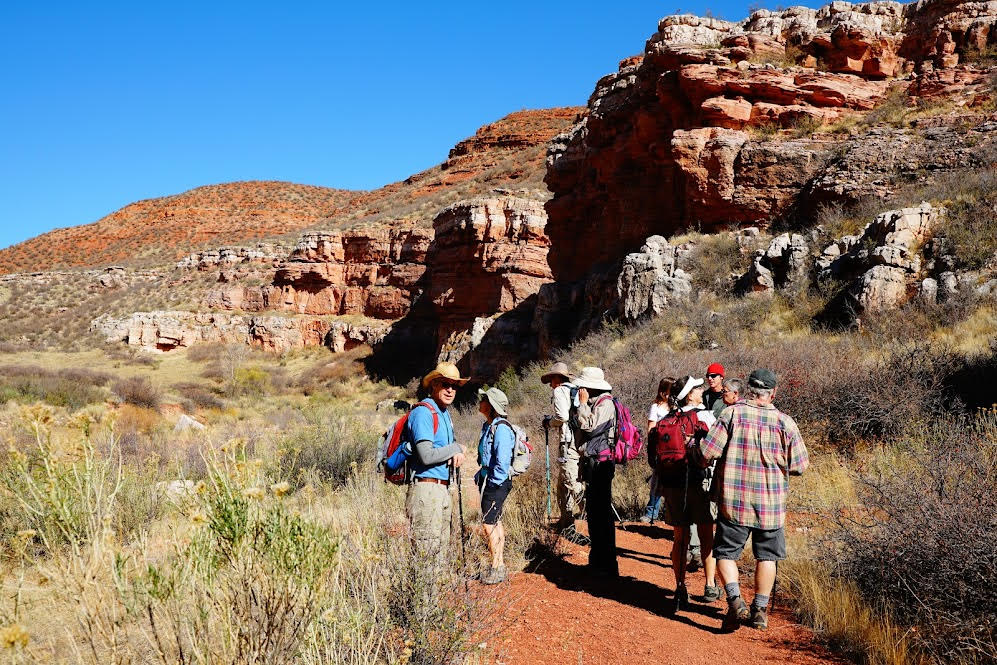
Back to the Beginning
Herb recently earned his FAA license as the next step in his pursuit of video story telling using camera-equipped drones. When a renowned expert on aeolian dunes showed up at Lory State Park asking for a local geologist, the park contacted Herb. Lo and behold, it was Steve Fryberger, the researcher that Herb had cited in his Master’s thesis decades prior! The two struck up a friendship, and are now research partners, with Herb using his drone to capture outcrop images not possible from the ground. With his abilities to tell a scientific story in a unique way, the student has now become the teacher, and the evolution of a master continues.
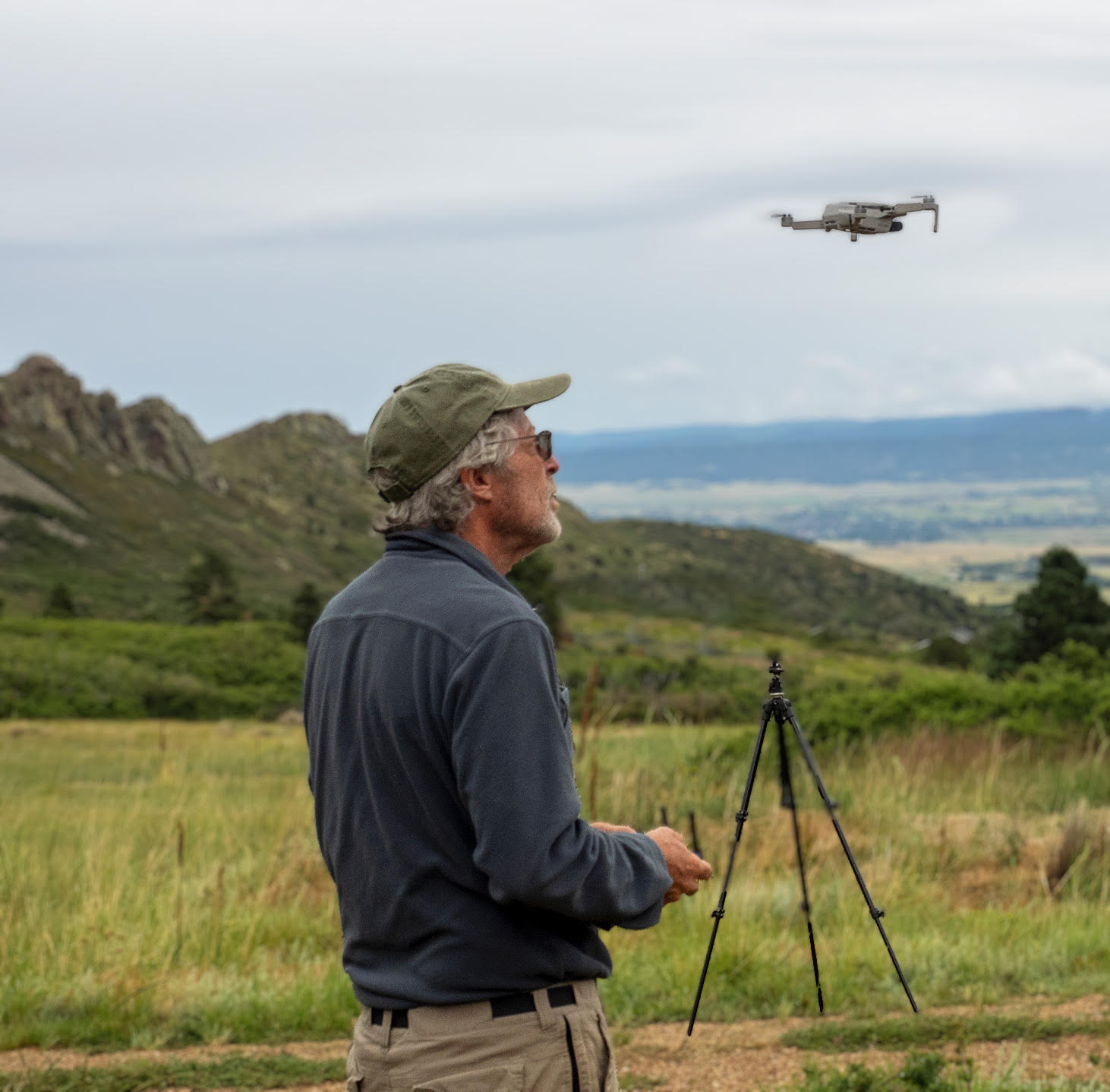
Visit Herb’s website at herbsearth.com to explore even more.
Watch some of Herb’s videos at this Vimeo link to enjoy his exciting work.
